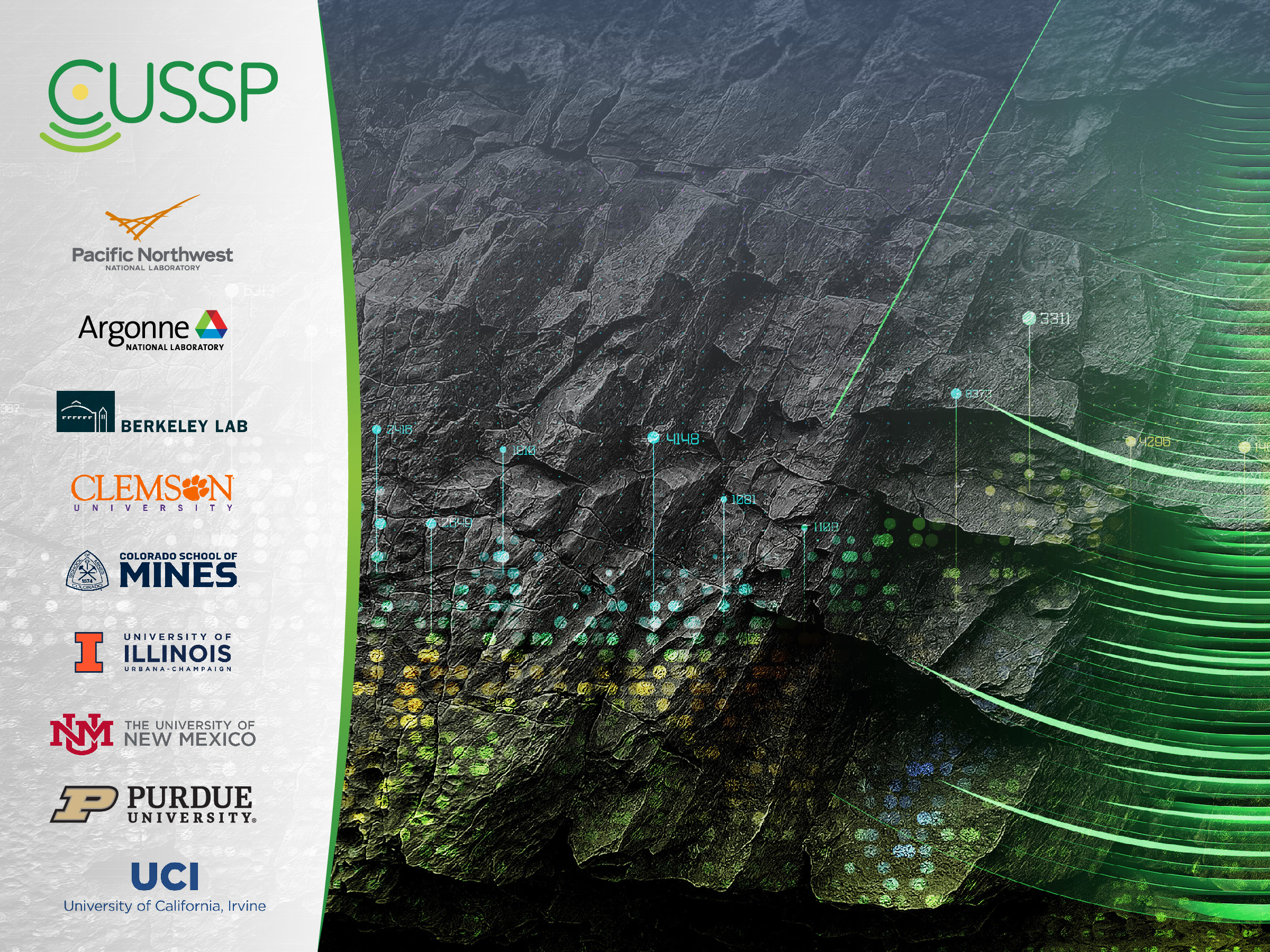CUSSP Research

CUSSP is advancing a basic understanding of the complex chemical and physical processes that occur as fluids flow through the deep fracture networks in enhanced geothermal systems (EGS) and is developing methods to remotely sense and accurately simulate these processes across scales.
The multidisciplinary CUSSP team is composed of experts in different fields that bring together diverse approaches to study EGS, including computations, laboratory-scale experiments, and a highly instrumented testbed site. The core science thrusts encompass studies of flow processes across scales and settings.
Thrust 1: Micro- to Core-Scale Processes
Thrust 2: Field-Scale Assimilation and Validation
In addition to the two science thrusts, a cross-cutting theme runs through CUSSP research to maintain a focus on data integration and modeling.
Cross-Cutting Theme: Modeling and Simulation